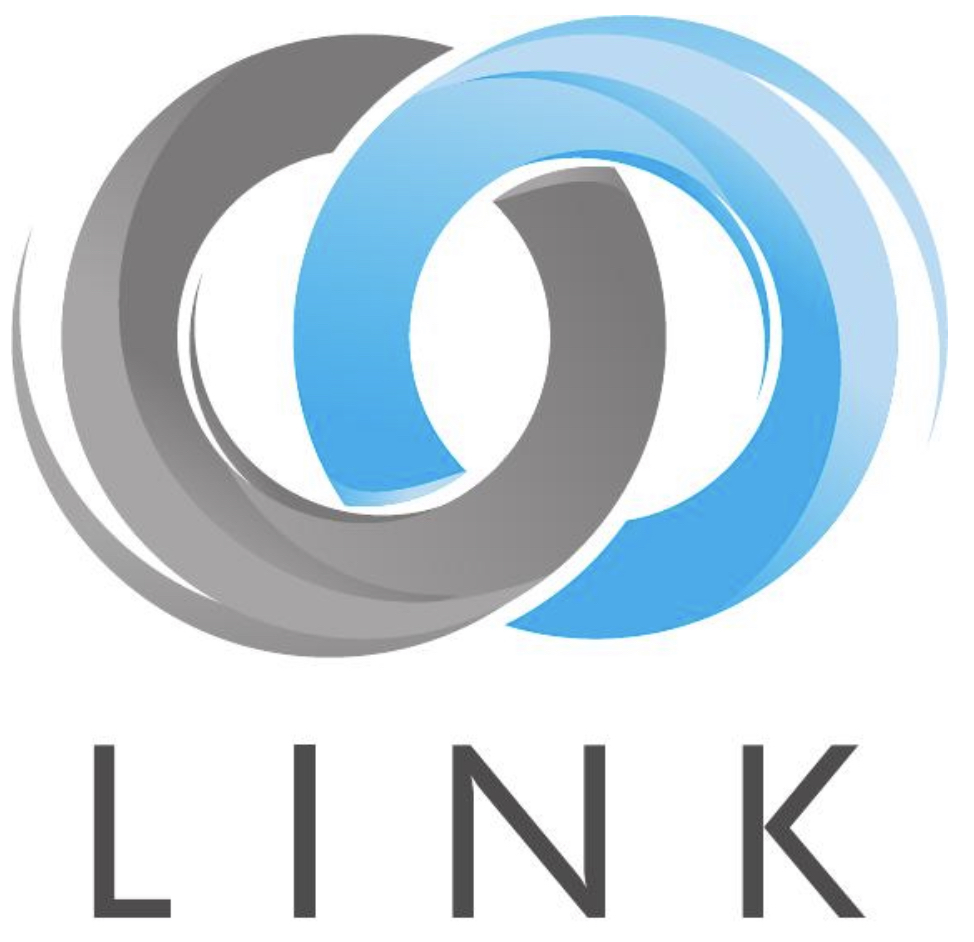Website Security Measures to Mitigate Risks and Protect Sensitive Information
In today's digital landscape, ensuring the security of your website and the sensitive information it holds is paramount. Cyber threats are becoming increasingly sophisticated, targeting businesses of all sizes. For experienced professionals in the web, hosting, and system administration fields, understanding and implementing effective security measures is not just a best practice, but a necessity.

Create a Website Backup and Restore Strategy
A cornerstone of any robust website security plan is a comprehensive backup and restore strategy. This involves regularly creating copies of your website's files and databases, and storing them securely in an offsite location. Should your website fall victim to a cyberattack, data breach, or technical malfunction, a recent backup allows you to restore your website to a functional state, minimizing downtime and data loss.
Choosing the Right Backup Solution
Selecting the appropriate backup solution depends on the complexity and size of your website, as well as your budget and technical expertise. Various options are available, ranging from manual backups to automated cloud-based solutions. Evaluate your requirements carefully to determine the most suitable approach.
Establishing a Regular Backup Schedule
The frequency of your backups depends on the nature of your website and the rate at which its content changes. For websites with frequent updates, daily or even hourly backups might be necessary. For static websites, weekly or monthly backups may suffice.
Testing Your Restorations
Creating backups is only half the battle. It's crucial to regularly test your restorations to ensure the backups are not corrupted and that you can successfully restore your website when needed. Regularly testing your restore process helps identify potential issues early on, saving you time and frustration in a real recovery scenario.
Implementing Robust Security Measures
While backups are essential for disaster recovery, proactively securing your website against threats is equally important. This involves implementing various security measures to harden your defenses and deter potential attackers.
Strong Passwords and Two-Factor Authentication
Enforce strong, unique passwords for all user accounts associated with your website, including administrators, editors, and users. Implementing two-factor authentication (2FA) adds an extra layer of security by requiring users to provide a second form of verification, such as a code from a mobile app, in addition to their password.
Regular Software Updates
Keep all software underlying your website, including the content management system (CMS), plugins, themes, and server software, up to date. Software updates often include security patches that address known vulnerabilities. Neglecting updates leaves your website vulnerable to attacks that exploit these weaknesses.
Web Application Firewalls
Deploying a web application firewall (WAF) provides an additional layer of protection by filtering malicious traffic before it reaches your server. WAFs act as a shield, blocking common web attacks such as cross-site scripting (XSS) and SQL injection, protecting your website and its users.
Secure Socket Layer (SSL) Certificate
An SSL certificate encrypts the communication between your website and its visitors, safeguarding sensitive information such as login credentials, payment details, and personal data. Enabling HTTPS not only enhances security but also builds trust with your users and improves your website's SEO ranking.
Regular Security Audits and Monitoring
Website security is not a one-time effort but an ongoing process. Regularly audit your website for security vulnerabilities and monitor its activity for suspicious behavior. Employing security information and event management (SIEM) tools can help you collect, analyze, and correlate security data from various sources, providing valuable insights into potential threats.
Vulnerability Scanning
Conduct regular vulnerability scans using automated tools to identify potential weaknesses in your website's code, configuration, and infrastructure. Address any identified vulnerabilities promptly to mitigate the risk of exploitation. Regularly scanning for vulnerabilities helps you stay one step ahead of potential attackers.
Intrusion Detection and Prevention
Implement intrusion detection and prevention systems (IDPS) to monitor your website and server for malicious activity in real time. IDPS solutions analyze network traffic, identify suspicious patterns, and take automated actions to block or mitigate threats. They serve as an early warning system, alerting you to potential attacks in progress.
Security Information and Event Management (SIEM)
Employing SIEM tools allows you to centralize and analyze security data from various sources, including servers, firewalls, and applications. SIEM solutions provide a holistic view of your security posture, enabling you to detect, investigate, and respond to threats more effectively.
By implementing these robust security measures, conducting regular audits and monitoring, and staying informed about emerging threats, you can create a secure online environment for your business and your users.
















